The Power and Imperative of Inclusive & Accessible Visual Communication
In an increasingly digitized and interconnected world, visual communication serves as a primary mode of information exchange, shaping perceptions, conveying complex ideas, and influencing decisions. However, the true power of visual media is only realized when it is accessible and inclusive to all. Inclusive and accessible visual communication is not merely a design best practice; it is a fundamental human right, a social responsibility, and a strategic imperative. This report explores the principles, challenges, and benefits of creating visual content that empowers individuals with diverse abilities and backgrounds, ensuring that no one is left behind in the visual conversation.
At its core, inclusive visual communication is the practice of designing and creating visual content—such as infographics, websites, videos, presentations, and branding materials—that is easily understandable and usable by a diverse audience. This diversity encompasses a wide range of human abilities, including individuals with visual impairments (e.g., blindness, low vision, color blindness), cognitive disabilities (e.g., dyslexia, ADHD), and hearing impairments (e.g., deafness, hard of hearing). It also extends to individuals who may face situational limitations, such as using a small screen in bright sunlight, or those who speak different languages or come from varying cultural backgrounds.
The principles of accessible visual communication are rooted in established guidelines and frameworks, most notably the Web Content Accessibility Guidelines (WCAG). These guidelines, developed by the World Wide Web Consortium (W3C), provide a comprehensive set of recommendations for making web content more accessible. While primarily focused on the web, their principles are universally applicable to all forms of visual communication. Key principles include:
* Perceivable: Information and user interface components must be presentable to users in ways they can perceive. This involves providing text alternatives for all non-text content (e.g., alt-text for images), ensuring a strong color contrast, and using fonts that are legible and scalable.
* Operable: User interface components and navigation must be operable. This means that functionality should be available from a keyboard, and users should have enough time to read and use the content. For visual media, this translates to providing clear navigation cues and avoiding designs that rely solely on mouse-based interactions.
* Understandable: Information and the operation of the user interface must be understandable. This is achieved by using clear and simple language, organizing content logically, and providing instructions that are easy to follow. For visual content, this involves avoiding cluttered designs, using intuitive icons, and ensuring a consistent visual hierarchy.
* Robust: Content must be robust enough that it can be interpreted reliably by a wide variety of user agents, including assistive technologies. This requires using semantic HTML and other structured formats that assistive technologies like screen readers can interpret accurately.
The challenges in achieving truly inclusive and accessible visual communication are multifaceted. A primary obstacle is often a lack of awareness and training among designers, marketers, and content creators. Many professionals are simply not equipped with the knowledge and tools to create accessible content from the outset.
Furthermore, retrofitting accessibility into existing designs can be costly and time-consuming, highlighting the importance of a “design-for-all” approach from the beginning of any project. The use of complex, animated, or interactive visual content, while often engaging, can also pose significant accessibility barriers if not carefully planned. For example, a flashing animation can be a trigger for individuals with photosensitive epilepsy, while a complex data visualization may be incomprehensible to someone using a screen reader without a detailed text description.
Despite these challenges, the benefits of prioritizing inclusive and accessible visual communication are profound. Socially, it fosters a more equitable and just society, where everyone has the opportunity to participate fully in the digital world. By making information and services accessible, we empower individuals with disabilities, enabling them to learn, work, and connect with others. This, in turn, can lead to greater economic independence and social inclusion.
From a business and organizational perspective, the benefits are equally compelling. Inclusive design is good design. It often results in cleaner, more intuitive, and more user-friendly products and services for everyone. Moreover, by reaching a wider audience, businesses can tap into new markets and enhance their brand reputation. Companies that are perceived as being socially responsible and inclusive are more likely to attract and retain customers and talent. Furthermore, with increasing legal requirements and regulations regarding digital accessibility (such as the Americans with Disabilities Act in the U.S.), proactively creating accessible content can mitigate legal risks and avoid potential lawsuits.
In conclusion, inclusive and accessible visual communication is not an optional add-on; it is a fundamental requirement for effective and ethical communication in the 21st century. It is a commitment to creating a world where information is not a privilege but a universal right. By embracing the principles of WCAG, investing in
training, and adopting a user-centric design approach that considers the full spectrum of human abilities, we can move beyond simply creating aesthetically pleasing visuals and create meaningful, impactful, and truly inclusive visual experiences for all. The journey toward full accessibility is ongoing, but the destination—a world where visual communication is a bridge, not a barrier—is one well worth pursuing.
